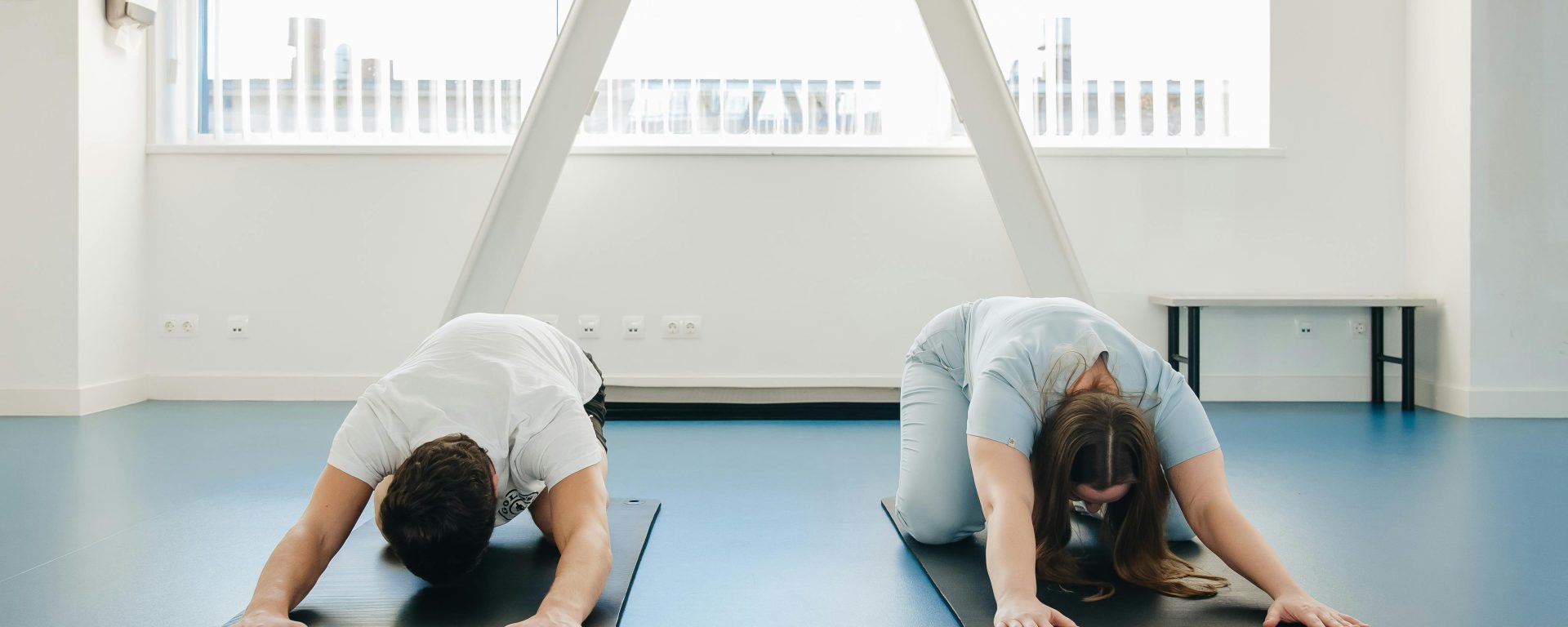In 2012, a groundbreaking study led by Larissa Sales Téles Véras and her team, including researchers Rodrigo Gomes de Souza Vale, Danielli Braga de Mello, José Adail Fonseca de Castro, Vicente Lima, Alexis Trott, and Estélio Henrique Martin Dantas, has revealed significant benefits of neural mobilization for leprosy patients. This innovative technique has shown promise in enhancing electromyography function, reducing disability, and alleviating pain.
The study involved 56 individuals diagnosed with leprosy, randomly assigned to either an experimental group or a control group. The experimental group, consisting of 29 patients, received neural mobilization treatment, while the control group of 27 patients underwent conventional therapy. Both groups had lesions in their lower limbs treated, but the experimental group’s treatment targeted the lumbosacral roots and sciatic nerve, focusing on the peroneal nerve that innervates the anterior tibial muscle. The effectiveness of the treatment was evaluated using electromyography.
The results were remarkable. The experimental group showed a significant improvement in electromyography function in the anterior tibial muscles of both legs. Specifically, there was a 22.1% increase in the right leg and a 27.7% increase in the left leg compared to the control group.
Muscle strength also saw notable gains in the experimental group. Horizontal extension strength increased by 11.7% in the right leg and 27.4% in the left leg. Back flexion strength improved even more dramatically, with a 31.1% increase in the right leg and a 34.7% increase in the left leg.
Moreover, the experimental group experienced a significant reduction in pain and disability. The decrease in pain perception and disability degree was substantial when comparing pre- and post-treatment results and when compared to the control group.
This study highlights the potential of neural mobilization as a therapeutic intervention for leprosy patients. The technique not only enhances electromyography function and muscle strength but also significantly reduces pain and disability. These findings could pave the way for improved quality of life for individuals suffering from leprosy, offering a new avenue of hope and healing.
Reference: Véras, L. S. T., Vale, R. G. D. S., Mello, D. B. D., Castro, J. A. F. D., Lima, V., Trott, A., & Dantas, E. H. M. (2012). Electromyography function, disability degree, and pain in leprosy patients undergoing neural mobilization treatment. Revista da Sociedade Brasileira de Medicina Tropical, 45, 83-88.
